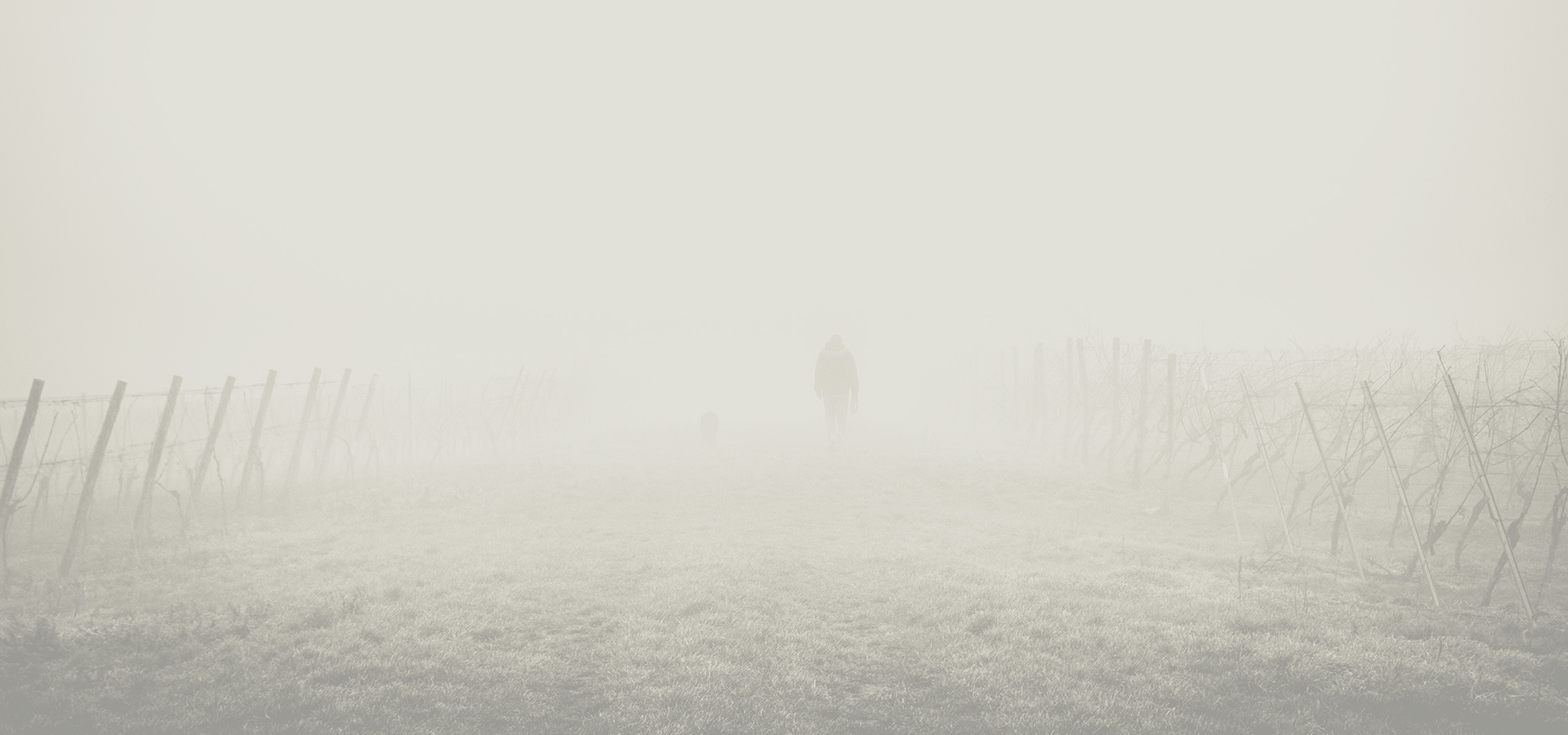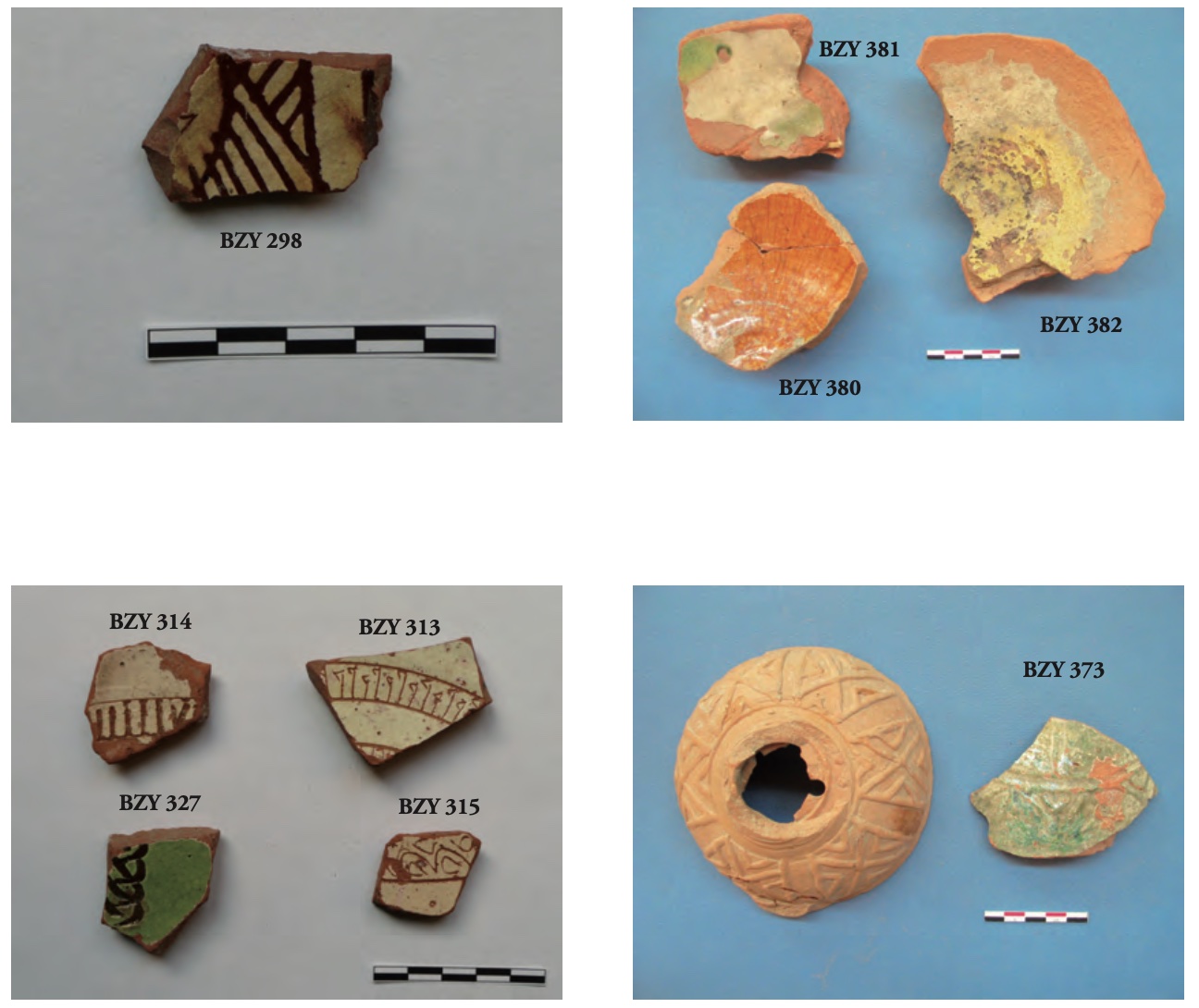Lorem ipsum dolor sit amet, consectetur adipiscing elit. Morbi eu nulla vehicula, sagittis tortor id, fermentum nunc. Donec gravida mi a condimentum rutrum. Praesent aliquet pellentesque nisi.


Ein frühosmanischer Grabbau in Ayasuluk/Selçukund sein kulturhistorisches Umfeld
In the past archaeological research in Ephesos has mainly focused on the Greco-Roman remains but information about the later periods is gradually also becoming available. The Türbe excavations, therefore, provided a good opportunity to develop interdisciplinary approaches to the Byzantine and Turkish occupations of the site. Previous archaeological and archaeometric studies of Medieval ceramics from the Artemision made it possible for us to define and characterize parts of the local repertoire, further complemented by studies in Hamam. However, the lack of stratified contexts in the older excavations of the Artemision made it difficult to place this material within the broader framework of pottery production in Ephesos, and more generally in Medieval Western Anatolia. Furthermore, our knowledge of Byzantine and post-Byzantine ceramics workshops in the region has significantly improved over the last years, thanks to extensive studies and to research focused more specifically on single sites such as Pergamon, Ephesos, Anaia and Miletos. Traces of local production are present at many sites and archaeometric studies have provided tools for a better definition of Western Anatolian Medieval ceramics and more comprehensive approaches to their production and diffusion..